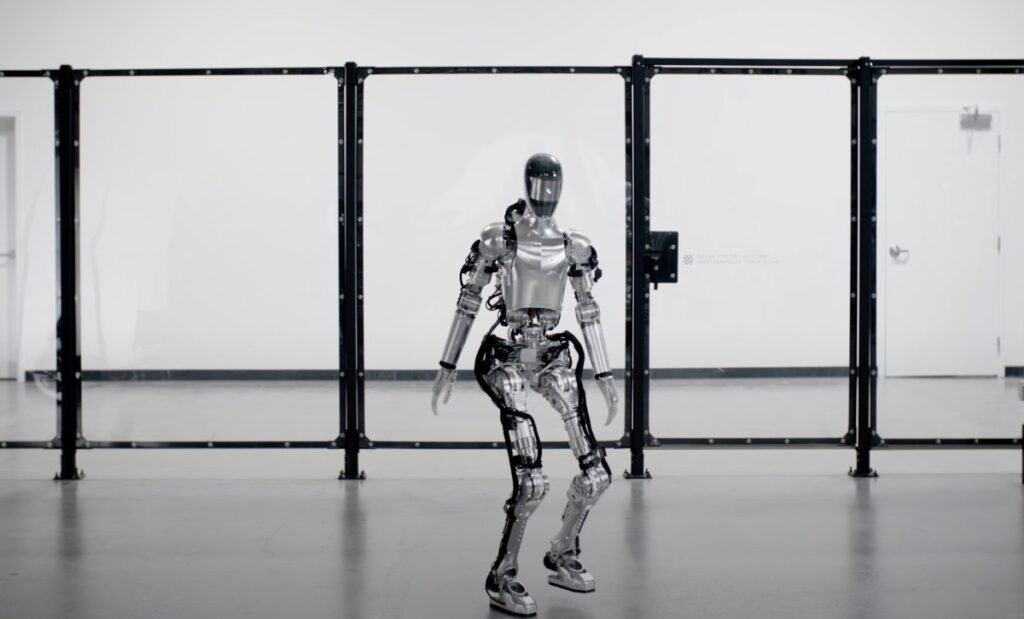Last month, Brett Adcock, founder of a robotics startup Figure AI, claimed in a post on X that his company “is now # 1 most sought-after private stock in the secondary market.”
But the company has sent cease-and-desist letters to at least two brokers who run secondary marketplaces, those brokers told TechCrunch.These people said Figure AI’s cease-and-desist letters demanded that they stop marketing the company’s stock.
Both brokers said they received the letters for the first time after Bloomberg reported in mid-February that Figure was seeking a $1.5 billion round at a $39.5 billion valuation – a 15-fold increase from the $2.6 billion valuation it achieved in February, 2024.
A spokesperson for Figure AI told TechCrunch that the company sends such letters when the company hasn’t authorized the broker to sell its stock, suggesting that it has a long history of sending such letters.
“This year, when we discovered an unauthorized third-party broker was marketing Figure shares without approval from the Figure Board of Directors, the company sent a cease and desist asking the unauthorized broker to stop, as it has done previously when other unauthorized brokers were discovered,” the spokesperson told TechCrunch in a written statement. “We do not allow secondary market trading in our shares without board authorization and the company will continue to protect itself against unwanted third-party brokers in the market.”
Because Figure is a private company, not a public one, its stock cannot be easily sold at will by its investors, particularly without a company-authorized event. This restriction is why secondary markets have emerged at all, including ones that offer investors alternative ways to get cash from shares ahead of an IPO, such as loans secured by their startup shares that become repayable when a company goes public.
The secondary markets on the receiving end of Figure’s letters told TechCrunch that they have other theories about why some CEOs dislike share sales on their markets.
Existing shareholders were trying to sell their stock at a price that was below the new hoped-for $39.5 billion valuation, these brokers said. Both brokers told TechCrunch that some companies chafe at the prospect that lower-priced secondary shares could compete with the new round.
Without commenting on Figure’s case specifically, Sim Desai, founder and CEO of secondary shares marketplace Hiive, told TechCrunch that companies sometimes block direct secondary sales because they believe “it’s a zero-sum game.”
Desai, naturally, argues that the reverse could be true: active secondary market trading could attract more interest for primary shares in a new raise.
But if secondary market activity fails to drive interest in the primary round, the issue may lie with the valuation itself. “If someone is having a hard time selling something, it’s merely a function of price and valuation rather than availability of capital,” Desai said.
Figure has also lately been the subject of several news articles, describing Figure’s progress with its marquee customer, BMW. Figure has responded, in at least one case, by saying the article had so many inaccuracies that it’s threatening to sue.
As for how much Figure AI raises next – and at what valuation, that remains to be seen. Whether existing investors will be able to cash out early in secondary transactions is also to be determined.
Read the full article here










